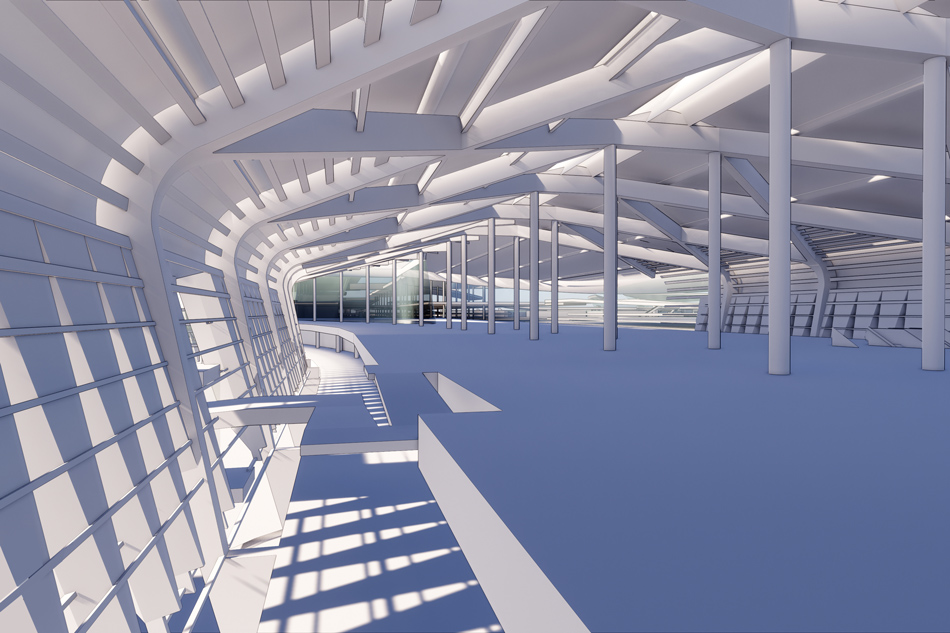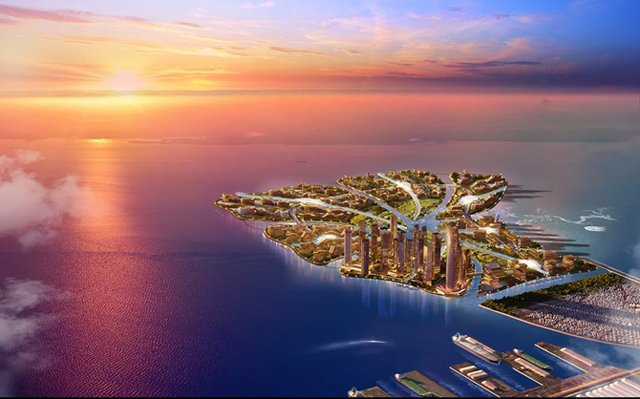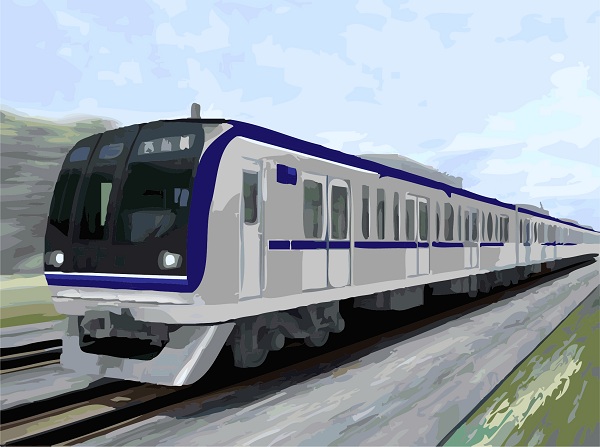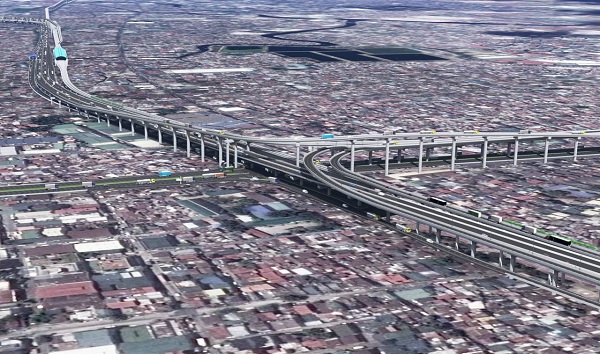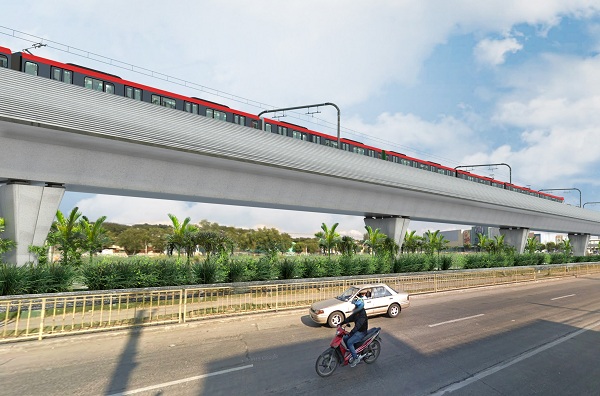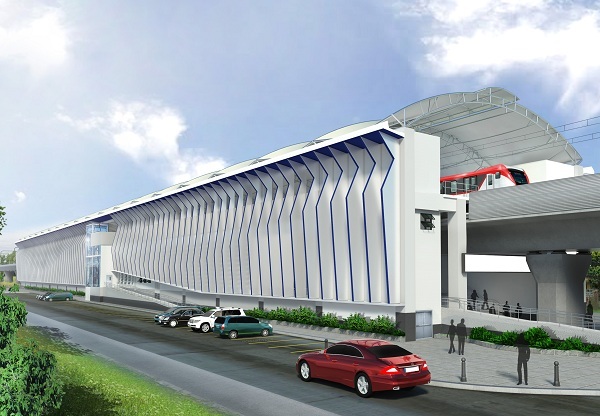Believe it or not, you don't have to own super expensive equipment or be some kind of camera wiz to take high quality camera shots like these…
… but all those hotdog pro photographers out there will NEVER reveal their secrets to you…
… so I'm about to do it for you.
Don't take my word for that though - here's what just one person had to say: you've ever wanted to:
- Take breathtaking special effects shots with just your regular camera…
- Finally know how to create "light painting" images that are simply out of this world…
- Improve your "regular" photography skills and take better photos immediately…
You see, I'm an obsessive photographer.
I'm one of those guys who constantly takes pictures. I drive people crazy, always snapping something. You know?
And I like to experiment - always have.
Trouble was, I wanted to take all these cool shots, and I had all these great ideas… but I didn't know how to get started… and I didn't think I had all the specialist equipment I'd need…
… so I had to experiment.
I Had No Choice - I Didn't Have
Money To Burn, So I HAD To Figure
Out This Stuff On A Shoestring
And I did it, through necessity. I'm passionate about this stuff, and I couldn't rest until I could get the kinds of pictures I wanted to get.
Ever hang around at Flickr.com or DeviantART.com?
I wanted to be able to do some of the photography tricks I saw people doing there. All those cool visual effects, that out of this world stuff - I needed to know how it was done.
And I guess you could say I got a little obsessive - but that's okay. Photography is my passion, and if you've been bitten by the bug, you'll know what it feels like to have that burning need to get just the right shot.
Eventually, all the crazy experimentation started to pay off. My photography buddies started asking how I was taking my pictures, what techniques, what equipment…
… and I'd be creating crazy images like this just using my plain old digital camera, while everybody was assuming I was using Photoshop.
And eventually, I was getting so many people asking me how I did all this stuff, that I put together a simple guide revealing everything.
Thousands of people all over the world have downloaded the guide, and used it to finally get the shots they want…
… and I've just updated it, and released the second edition.
Introducing:
Trick Photography & Special Effects 2nd Edition - Your complete instructional guide on taking breathtaking special effects shots and cool images your friends won't believe…
It comes with 295 pages of instruction, 9 hours of how-to video tutorials, and contains over 300 creative photographs created by some of the most talented photographic artists around the world.
It's time for you to skip the months and years of being one of those enthusiast photographers - you know those poor guys who read all the magazines but doesn't have enough time to invest in getting the skills he really wants…
… you'll be skipping past that stage totally, and getting right to the point where you're an accomplished photographer, taking pictures that blow everybody away.
You see, I'm impatient.
I've got no time for that kind of learning. So I'm going to teach you the exact same shortcuts I used to become a skilled, effective photographer in no time flat.
You're going to be jumping over all the frustrations and difficulty, all the mystery of not knowing where to start, and instead getting right to the point where you can easily take the kinds of shots you've been dying to take your whole life.
You know what I mean, shots like this:
In Trick Photography and Special Effects, you're going to be shown my hardcore, best kept secrets for taking spectacular photos that have to be seen to be believed.
… things like:
- How to use stunning photography tricks that other people simply won't even understand - they'll think you've spent hours with Photoshop, but in reality they're just regular photos…
- How to use laser pens, flashlights, and other household items to get spectacular visual effects
- How moron-simple tweaks to your camera settings can let you take amazing shots that would usually need a hyper-expensive camera setup
- How to capture infra-red light with your DSLR to create impactful images with surreal color
- How to capture beautiful High Dynamic Range nature or landscape shots… pictures like this:
- The secret behind stitching multiple light paintings together to create pseudo digital art:
- How to put "the invisible man" into your pictures
- How to tweak the color settings in your camera to make things "pop" in just the right way.
- How to freeze motion and take crystal clear high-speed photographs just like this one:
- Cool perspective tricks you can do right now, in camera, with no special tools or software needed - know how to point n shoot? That's all you'll need
- How to take 3D images with your camera right now - no expensive software needed, and you can grab great 3d images immediately…
- How to capture amazing "star trail" long exposure shots like this
- The simple 30 second tweak you can make to your camera to let you take excellent photos every time… I'll show you in plain English exactly how to do it, and it really does take no more than 30 seconds.
- Why your computer scanner is the key to some of the coolest, wackiest pictures you've ever seen - and no, I'm not talking about scanning them
This amazing guide will show you exactly how to break through the ranks of "ordinary" photographers and become the person who takes shots that amaze everybody.
And if you're thinking it's all about buying a ton of different lenses and then memorizing a million different camera settings and a bunch of other dry stuff like that…
… Wouldn't You Rather Skip All That
& Get Results Immediately, With
The Equipment You Already Have?
Chances are, the camera and everything you already have is enough for some excellent shots.
BUT…
… I'll talk you through exactly what you should get if you want to upgrade, and why.
AND THEN…
… I'll show you how to put together some of your own stuff that will let you create some of the most amazing pictures you've ever seen.
That's what I designed this guide for - to let regular people take amazing photographs by handing them the photography tricks and backdoor secrets to get it done without all that fancy equipment and a Visual Arts degree.
For example, you'll see how you can use a simple piece of household cleaning equipment and a basic entry-level DSLR to create this awesome image:
In fact, your photos are going to be so amazing (starting just a few minutes from now), people flat out won't believe you took them, until they see it with their own eyes.
For example, you'll see exactly how one tiny tweak to your camera can generate oustanding images like this:
And That's All Great, But There's One
Other Thing You Must Know…
As well as showing you exactly how to make great "light painting" images like this,
and tons of other cool pictures like these…
… I'm also going to show you how to use Adobe® Photoshop® software to improve your shots and create visual effects that are simply out of this world…
I'm talking about super-cool images like these:
Right Now You're Probably Thinking
It Sounds Great, But You Don't Have Photoshop,
& Don't Want To Pay Out $700 For It Too
Don't worry. For the tricks that require Photoshop, you can use an alternative program called Adobe Photoshop Elements (Version 10 or above) which is less expensive compared to Photoshop CS6. Adobe Photoshop Elements will be able to do the majority of the Photoshop tricks I teach.
Pretty cool huh?
Your 1 Photo Improvement Guarantee:



























